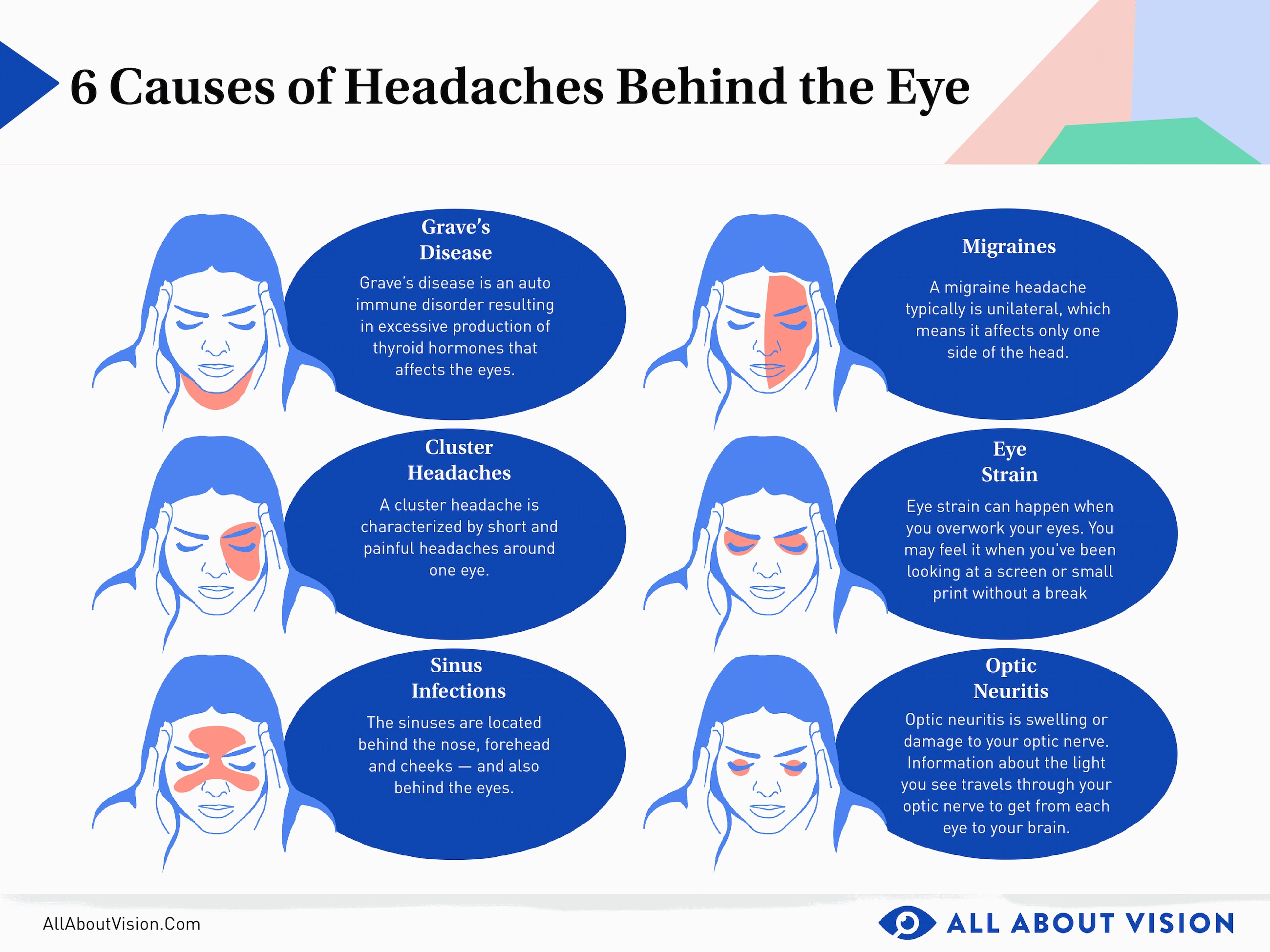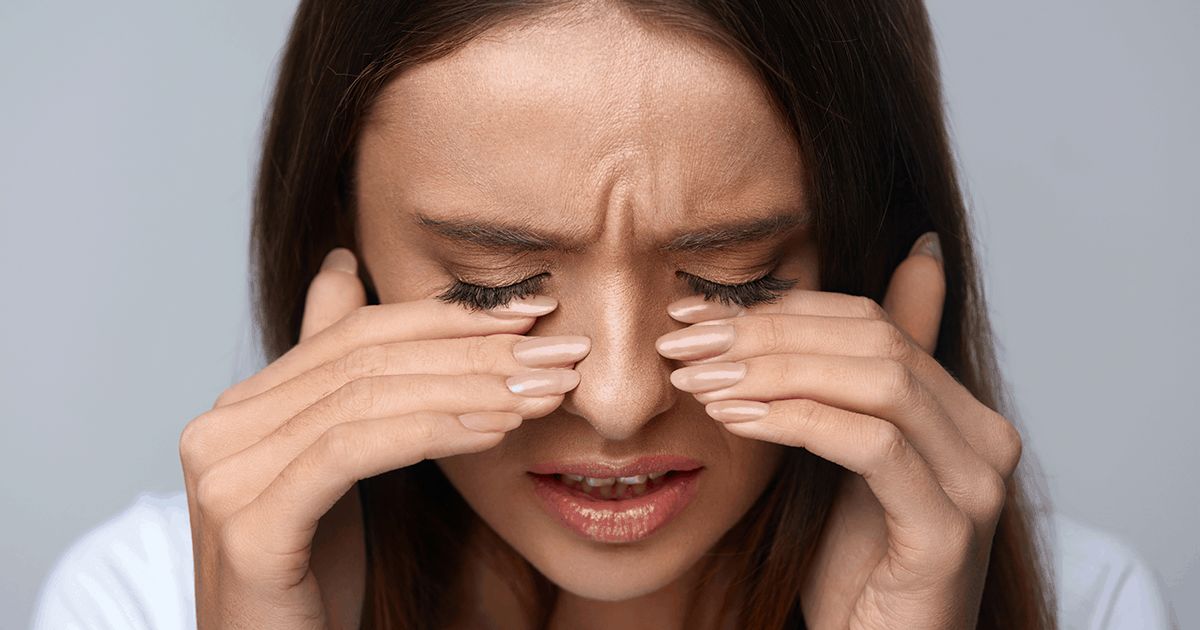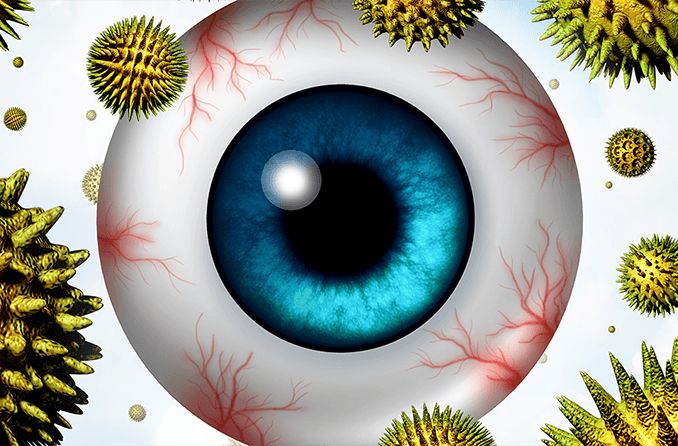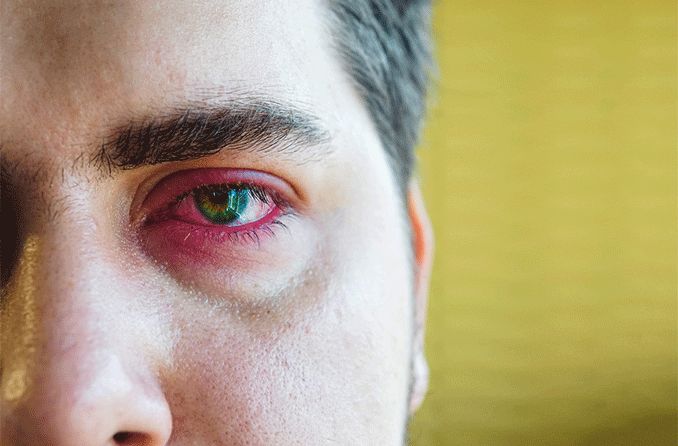Why do I feel pressure behind my eyes?
Causes of pressure behind the eyes can range from everyday health issues like tension headaches or sinus infections to serious eye problems that require immediate treatment to avoid loss of vision. If you have a feeling of pressure behind one or both of your eyes, it’s important to see a doctor.
Causes of pressure behind the eyes
A feeling of pressure behind the eyes is different from eye pain. Depending on the cause, eye pain may feel like a sharp pain or a dull ache in or around the eye, or a burning sensation in the eye. But pressure behind the eye may feel like a throbbing, squeezing or tightness in the head just behind the eye sockets.
There are a variety of causes of pressure behind the eyes, including:
Headaches
Sinus infections (sinusitis)
Toothaches and other dental issues
It may surprise you, but high eye pressure (ocular hypertension) generally is not one of the causes of pressure behind the eye. This dangerous condition can lead to glaucoma but often has no symptoms. Although, if there is a severe increase in intraocular pressure, there may be pain around the eyes or when you move your eyes.
This is why it’s so important to get comprehensive eye exams regularly.
Your eye doctor or family doctor can help you find out why you have pressure behind the eyes and provide treatment strategies. In some cases, they may need to refer you to another health professional such as a dentist or an ENT (ear, nose and throat) specialist.
Headaches and pressure behind the eyes
Headaches can cause different types of pain and pressure in the head, including a feeling of pressure behind one or both eyes. The type and location of pressure or pain will depend on the type of headache and the person.
There are many types of headaches, but tension headaches and migraines are two common types that can cause pressure behind the eyes. Sinus headaches (see below) can also cause this type of feeling in the head.

Symptoms of a migraine may include:
Pain or pressure behind the eye.
Sensitivity to light, noise or smells.
Nausea or vomiting.
In addition to these symptoms, some patients with migraines may experience a visual migraine that can cause temporary vision changes in both eyes.
Symptoms of a tension headache may include:
Dull pressure in the head.
Pain in the pattern of a band around the head
Tension in the neck and shoulders.
Tension headaches can be triggered by alcohol use, stress, digital eye strain and even a sinus infection.
Treatment for headaches will vary based on the type of headache and symptoms. An over-the-counter pain reliever may work for some types of headaches, while others will require more extensive treatment. Your doctor may suggest creating a headache diary to help you learn more about your headache triggers.
READ MORE: Headache behind your eyes
Sinus infections and pressure behind the eyes
A sinus infection (sinusitis) is an infection of the lining of the sinuses, which are hollow spaces filled with air near your eyes and nose. The maxillary sinuses below your eyes are the ones most likely to get infected.
But you can also get a sinus infection in the sinuses behind your eyes (sphenoid sinuses), the sinuses above the eyes (frontal sinuses) and the sinuses between your eyes (ethmoid sinuses).
A sinus infection may cause a sinus headache, a dull, throbbing pain or feeling of pressure behind the eyes, as well as in the cheeks, in the forehead and behind the nose.
Other symptoms of a sinus infection may include:
Bad breath
Cough
Fatigue
Fever
Postnasal drip
Sore throat
Stuffy nose
It’s important to see your doctor if you suspect a sinus infection. Most sinus infections respond well to treatment with decongestants, nasal saline and possibly antibiotics, antihistamines or steroid spray.
An untreated sinus infection can lead to more serious issues including eye problems.
READ MORE: How do sinuses affect your eyes?
Tooth issues and pressure behind the eyes
There are a number of dental issues that can cause a feeling of pain or pressure behind the eyes. In some cases, this may be “referred pain,” which is pain that’s coming from one place that you feel in another part of the body. For example, tooth pain could be felt as pain or pressure behind the eye.
Bite issues that may be caused by tooth alignment problems or missing teeth can put stress on the muscles in the jaw and face. This can lead to headaches that you may feel behind the eyes.
Some of the symptoms of head pressure or pain behind the eyes that may be caused by problems with your bite include:
Clicking or popping when you open or close your mouth.
Pain when you touch your head or scalp.
Frequent grinding of the teeth at night or during the day.
If you suspect you may have tooth alignment issues, it’s important to see your dentist for a complete dental exam. You may need bite realignment or physical therapy to fix the problem.
Optic neuritis and pressure behind the eyes
Optic neuritis is a swelling of the optic nerve that can cause blurry vision or vision loss. Doctors do not know exactly what causes optic neuritis, but many cases occur in patients with multiple sclerosis (MS).
Symptoms of optic neuritis typically occur in one eye, so patients may have pain or pressure behind the left or right eye. Other symptoms of optic neuritis in the affected eye may include:
Blurry or dimmed vision
Colors looking less bright or crisp
Pain behind the eye or when moving the eye
Symptoms that get worse with heat or physical exertion
It’s important to see your eye doctor for an eye exam. Treatment for optic neuritis can reduce the swelling and help to prevent vision loss. Treatment for optic neuritis may include IV and oral steroids.
Graves’ disease and pressure behind the eyes
Graves’ disease is an autoimmune condition that leads to an overactive thyroid gland (hyperthyroidism). About one in three patients with Graves’ disease develops an eye condition known as thyroid eye disease (TED). This eye condition causes the eyes to bulge out and may cause a feeling of pressure behind the eyes.
Other symptoms of Graves’ disease may include:
Dry eyes and irritation.
Redness in the eyes.
Inflammation of the eyes.
Puffiness around the eyes.
In a small percentage of cases, TED can threaten the vision. Treatment may involve monitoring the eyes during the active phase of Graves’ disease and using treatments like eye drops to address symptoms such as dry eyes. Some patients may require surgery to address vision issues.
Diagnosis and treatment for pressure behind the eyes
Your doctor may use a variety of diagnostic tools to find out what is causing the feeling of pressure behind your eye or eyes. They will likely do a physical exam and ask questions about the pressure, where it is located and how it feels.
Your doctor also may do or order diagnostic tests such as:
An eye exam that includes looking inside your eyes using ophthalmoscopy.
Endoscopy of the nose (using a tool with a light and camera).
Imaging (such as CT scan or MRI).
Tests for Graves’ disease (such as a blood test or radioactive iodine uptake test).
The treatment your doctor prescribes will depend on the cause of the pressure behind the eye or eyes.
SEE RELATED: Cavernous sinus thrombosis
When to see your doctor
If you’re suffering from pain or pressure behind the eyes, you should see your medical or eye doctor.
Seek medical care right away if you experience:
Vision changes
Swelling around the eyes
High fever
Severe or stabbing eye pain
Sudden or severe head pain
Neck stiffness
Even if it doesn’t seem to be an emergency, it’s important to see your doctor for a prolonged or recurring feeling of pressure behind the eyes so you can get diagnosis and treatment.










